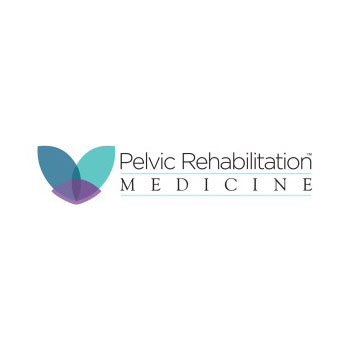“Chronic pelvic pain (CPP) is commonly under-recognized and undertreated by frontline healthcare providers, leading to prolongation of symptoms and increased suffering. Multifactorial in nature, CPP has a major impact on quality of life (QoL), commonly involving not only gynecological causes but also urological, gastrointestinal, musculoskeletal, neurological, and psychopathological, with sexual dysfunction contributions.
A 2021 systematic review reported an annual total healthcare cost of chronic pelvic pain in women to be $2.8 billion in the United States, with individual costs ranging $16,970 to $20,898 per woman per year in the U.S. The reported evidence suggests that chronic pelvic pain represents a considerable economic burden both on women and healthcare systems internationally, with indirect costs contributing significantly to then total costs.”
Overview
Pelvic Rehabilitation Medicine’s (PRM) mission is to decrease the time patients suffer from pelvic pain symptoms. Persistent pelvic pain is often overlooked, untreated, and misdiagnosed, especially in women who are often silent or silenced. Since 2017, PRM has provided an innovative approach to this health crisis that affects 15% of women and 10% of men. The PRM Protocol™ is a patented office-based procedure to treat the root cause of chronic abdominal pelvic pain, including from uterine fibroids, endometriosis, and vulvodynia.[1]
PRM is breaking new ground with its outpatient, ultrasound-guided approach to pelvic pain treatment, which helps decrease pain and restore function for both women and men. PRM’s innovative approach combines traditional medicine with a functional and restorative approach to healing pelvic pain.
PRM also works to advance research in the field of pelvic pain through its own publications. Examples of PRM’s work can be found below:
- A novel, nonopiod‐based treatment approach to men with urologic chronic pelvic pain syndrome using ultrasound‐guided nerve hydrodissection and pelvic floor musculature trigger point injections – November 4, 2019
- The Consideration of Endometriosis in Women with Persistent Gastrointestinal Symptoms and a Novel Neuromusculoskeletal Treatment Approach – July 20, 2020
- The use of alpha‐2‐macroglobulin as a novel treatment for patients with chronic pelvic pain syndrome – October 12, 2020
Key States
California, Illinois, Michigan, Maryland, Georgia, New York, and New Jersey.
How Private Capital Has Helped
Access to capital has helped PRM expand its footprint to serve new patients.
